The Korea Times Column
APLN publishes the APLN-Korea Times column in cooperation with the oldest daily English newspaper in Korea, featuring analysis by APLN network members and experts.
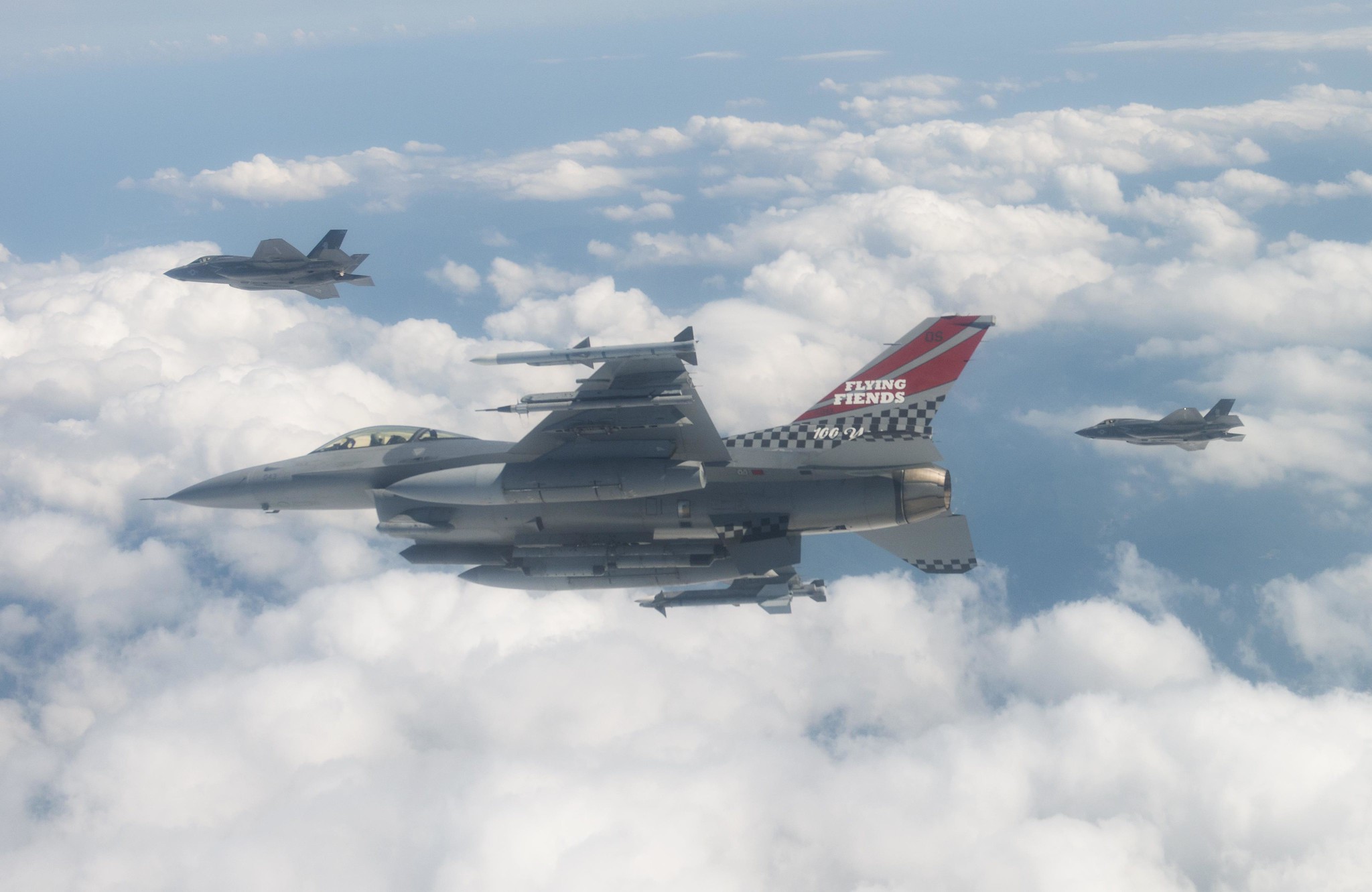
Nuclear Norms Under Attack
John Tilemann says North Korea's nuclear test preparations and Russian nuclear saber rattling threaten to unravel the global nuclear security order.
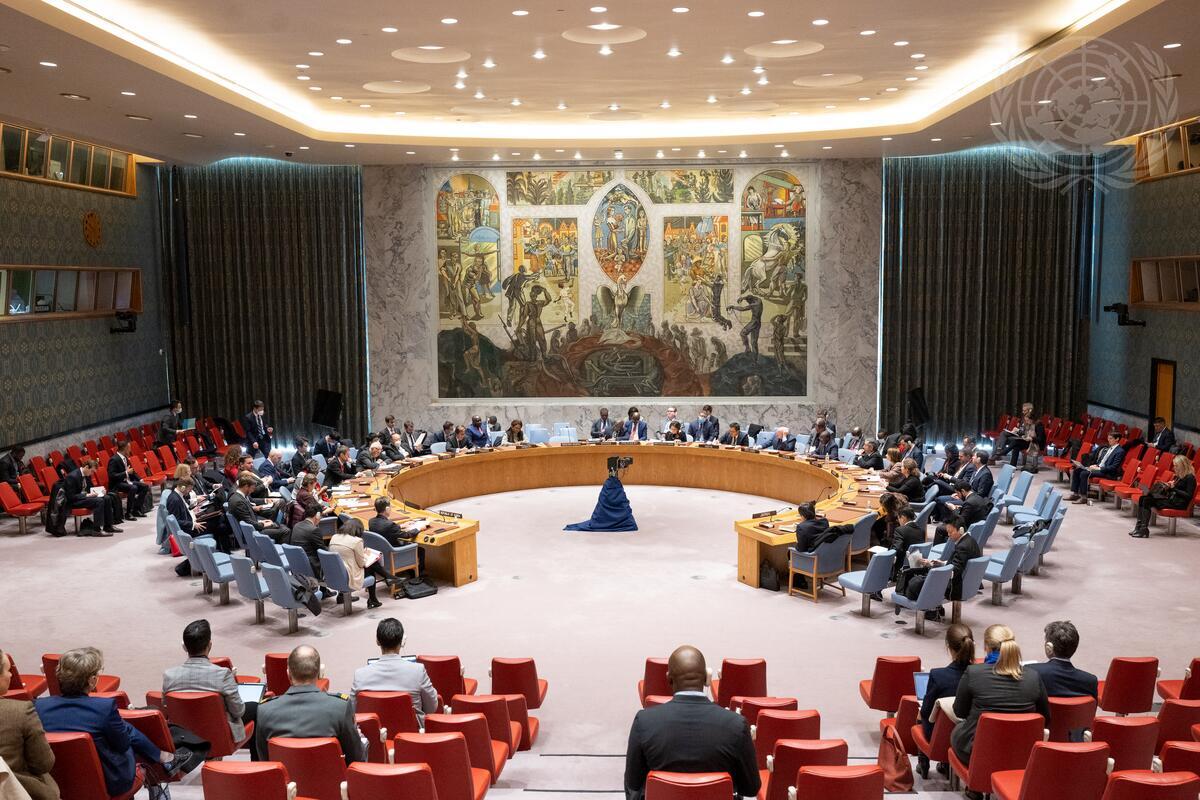
Managing the Crises
Tuya Nyamosor discusses the myriad problems plaguing the world today and whether any progress on nuclear disarmament is possible.
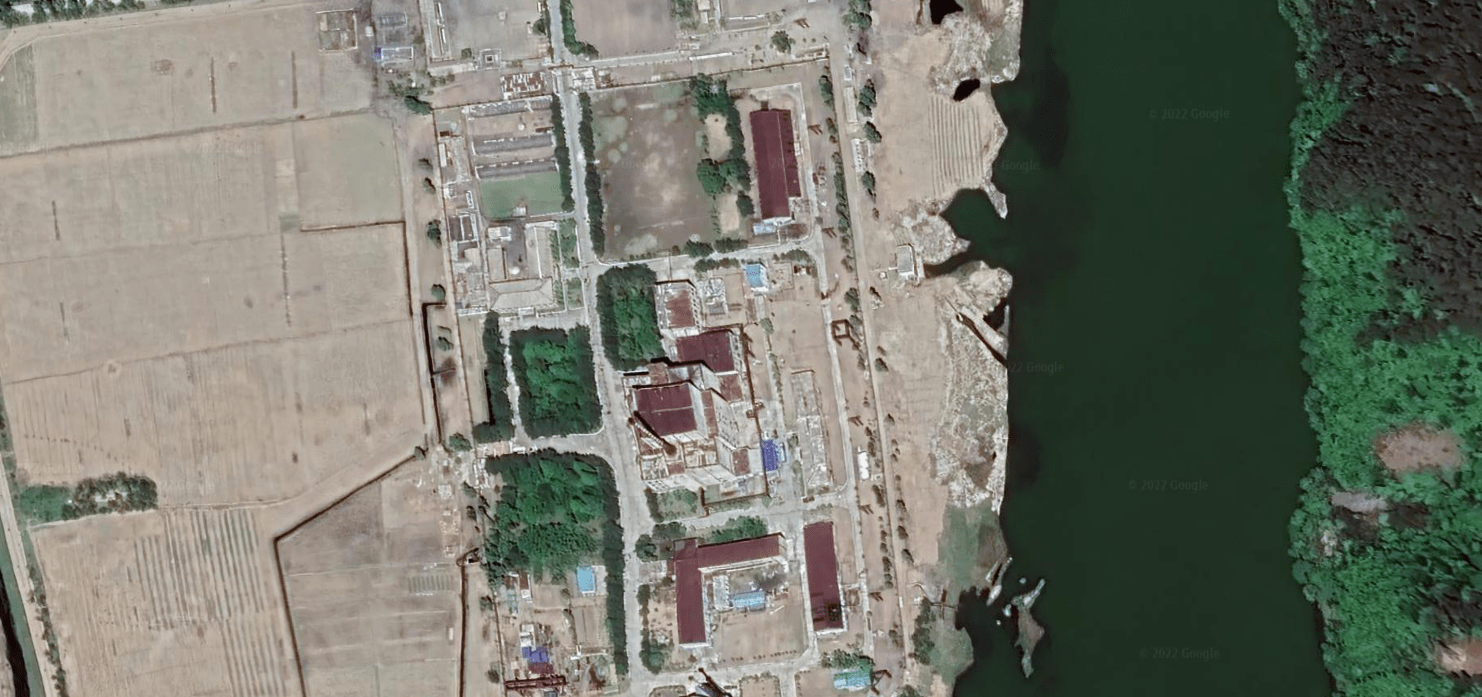
Lessons from Zaporizhzhia for Inter-Korean Nuclear Security Cooperation
In light of Zaporizhzhia, Joel Petersson Ivre and Elaine Natalie propose an inter-Korean agreement on the protection of nuclear facilities.
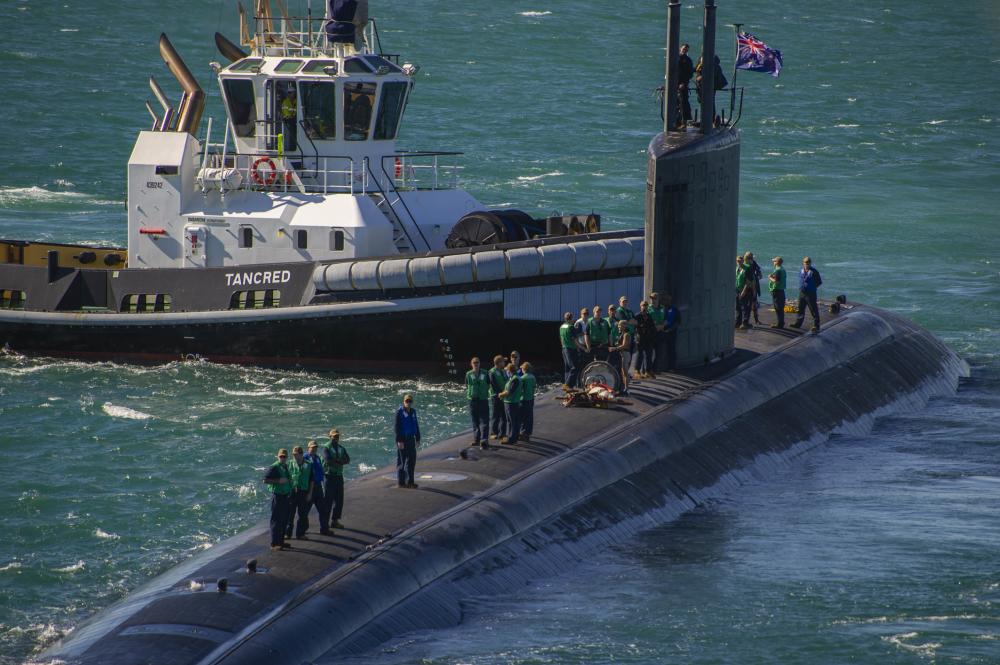
AUKUS Approach to a Rising China Comes at a Cost
Marianne Hanson calls for the parties involved in AUKUS to take a step back and reconsider their agreement in The Korea Times.
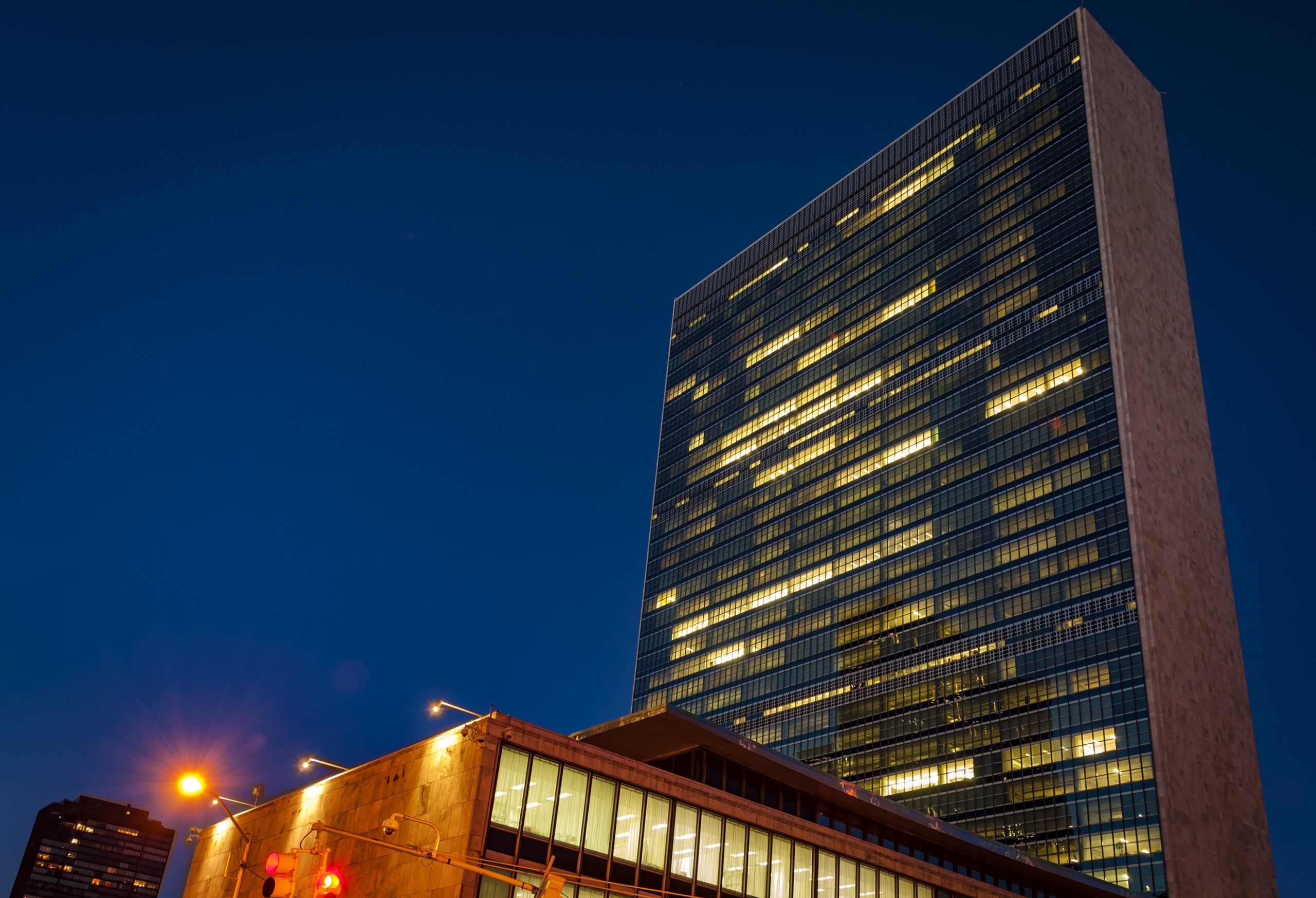
NPT Review Conference Failed to Reach Agreement: Implications for Our Region
Following the collapse of the 10th NPT Review Conference, Carlos D. Sorreta discusses what happened in New York.

Trends and the Necessity of Non-Proliferation Education
In a new column published last week, Yim Man-sung argues that we need to amplify the perspectives of the young generation.
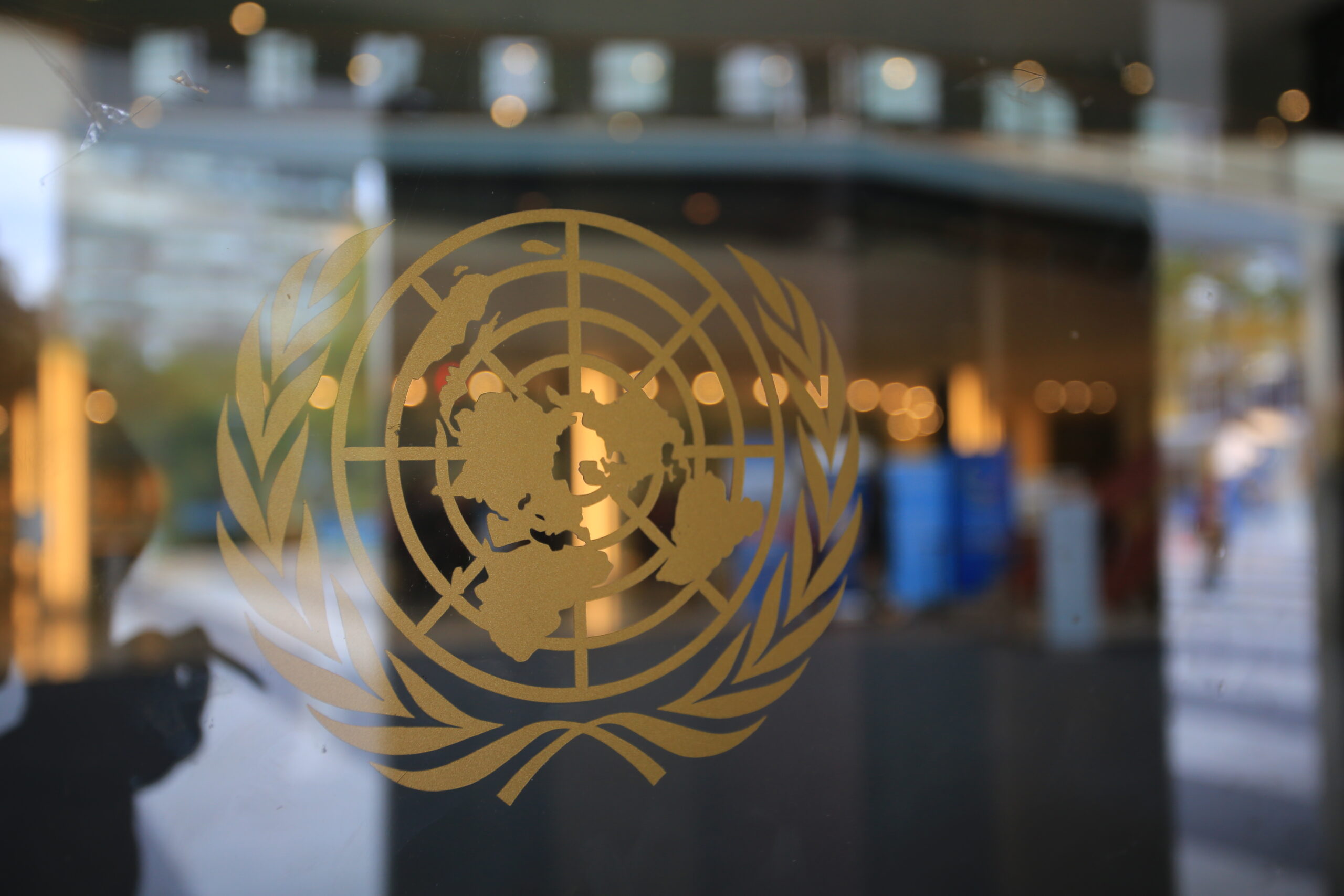
We Can and Must Stop the NPT from Unravelling
APLN senior research adviser Dr. Tanya Ogilvie-White breaks down what's at stake during the 10th NPT Review Conference.

War in Ukraine: Lesson on Why the World Should Ban Nuclear Arms
Kasit Piromya writes on the war in Ukraine and lessons on why the world must ban nuclear weapons, in light of the TPNW first meeting of the states parties.
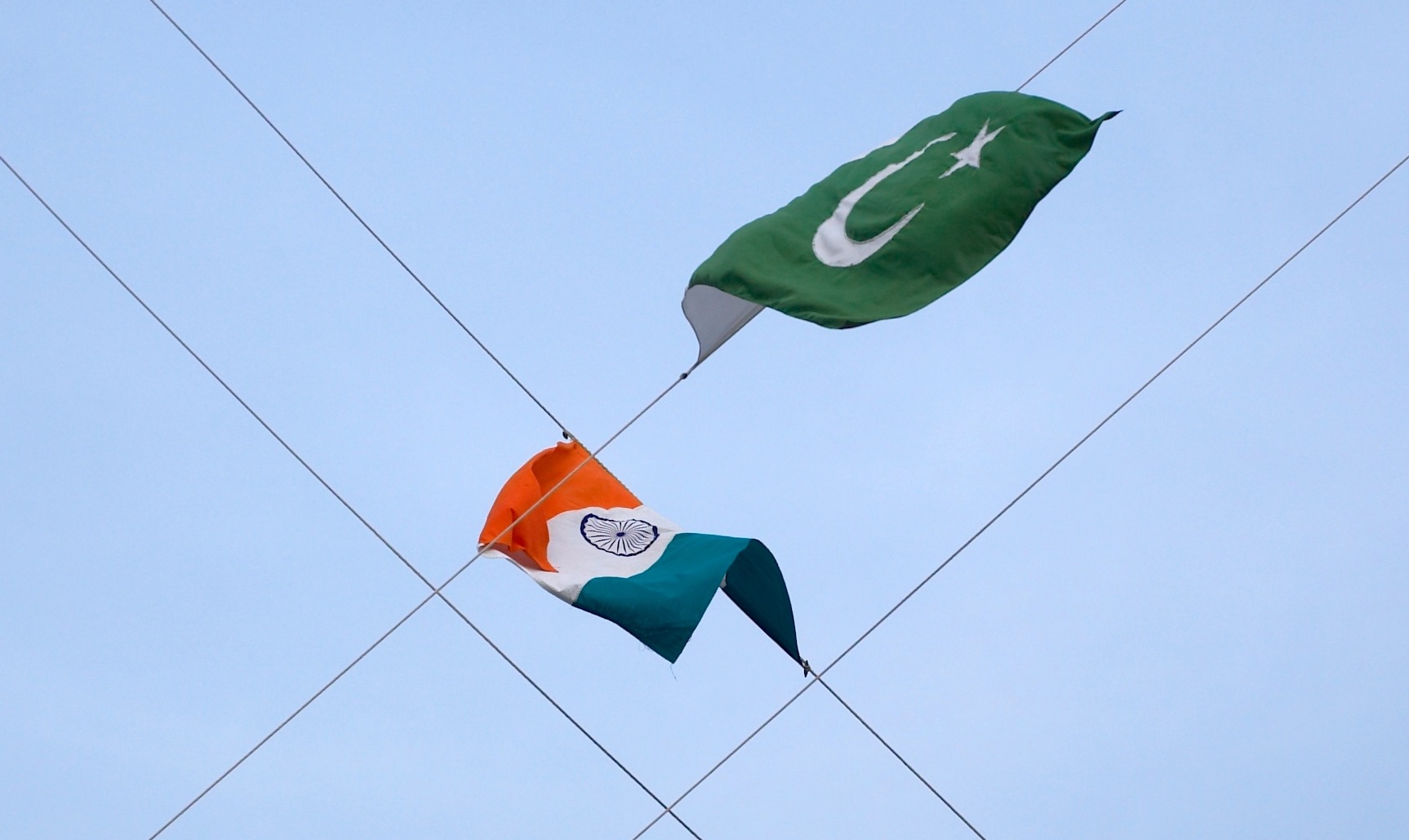
CBMs are Not Enough: Time to Talk about Disarmament
Sadia Tasleem argues that it is high time for India and Pakistan to start a serious conversation about the possibility of nuclear disarmament.
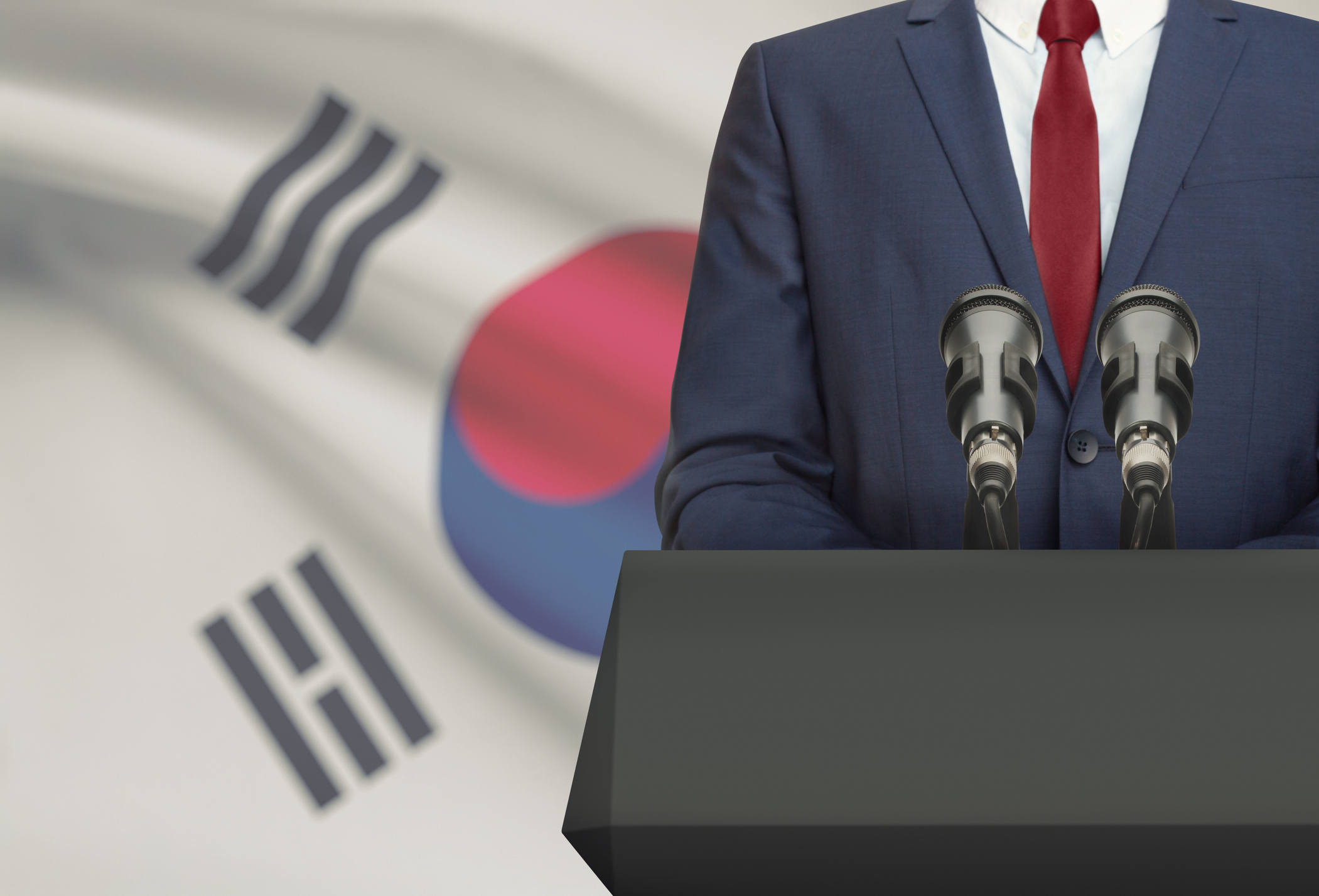
Peace and Security Hopes for New ROK Administration
In a letter President Yoon Seok-youl, Gareth Evans offers five suggestions on approaching the security challenges of South Korea during his term.
